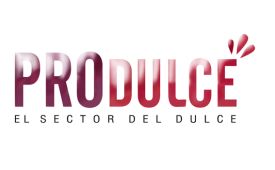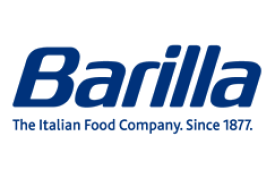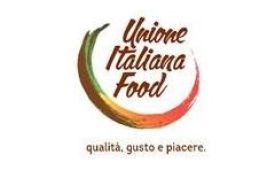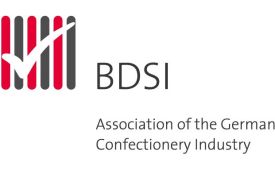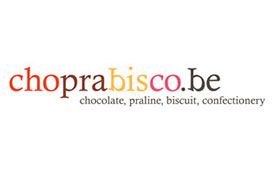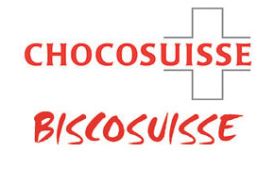Jan 14,2021 - CAOBISCO interpretation aid on the definition of the primary ingredient of a food as for Commission Implementing Regulation (EU) 2018/775
CAOBISCO interpretation aid on the definition of the primary ingredient
With this interpretation aid, CAOBISCO intends to help FBOs in applying the rules for indicating the country of origin or place of provenance of the primary ingredient of a food as for Regulation (EU) 2018/775. This interpretation aid does not constitute an official interpretation of the regulations; therefore, it does not prejudge the final interpretation that the competent courts (European and Nationals Courts of Justice) could reserve for the regulation. Companies remain responsible for the correct labelling of their products.
Article 26(3) of Regulation (EU) 1169/2011
Article 26(3) of Regulation (EU) 1169/2011 states that indication of the country of origin or place of provenance is mandatory for the primary ingredient when the origin/provenance of the foodstuff is declared and it differs from the origin/provenance of the primary ingredient. In these cases, the FBOs can declare the origin/provenance of the primary ingredient OR declare that it is different from the foodstuff.
According to (EU) 1169/2011 Article 2.2 (q) the primary ingredient3 is identified as:
(1) Ingredient of a food that represents more than 50% of that food (Quantitative criteria)
OR
(2) the ingredient(s) usually associated by consumers with the name of the food (Qualitative criteria)
The scope of this paper is to give examples of a possible interpretation of the characteristic ingredients in the three CAOBISCO sectors (chocolate, fine bakery wares, confectionery) fulfilling the qualitative criteria. This excludes ingredients used in small quantities for the purposes of flavouring for which the quantitative indication (QUID) is not required.
According to the Commission Notice on the application of the provisions of Article 26(3) of Regulation (EU) No 1169/2011 (2020/C 32/01) it is up to the FBOs to identify the primary ingredients of their food and they should take into account various elements. In particular, when it comes to the qualitative primary ingredient, they have to carefully consider its specific characteristics, nature and the entire presentation of the label. They also need to consider the consumers’ perception and expectations with regard to the information provided about the food in question. Food business operators should take into consideration whether the origin indication of a particular ingredient is likely to substantially affect consumers’ purchasing decisions and whether the absence of such an origin indication would mislead consumers.
Due to the vast diversity and heterogeneity of products and due to the differences even within one food category it is not possible to provide a “one size fits all” solution when it comes to the qualitative primary ingredient of a food category in the three CAOBISCO sectors. This is why this interpretation aid cannot determine the one and only qualitative primary ingredient for a category of food. This document is therefore to be understood as an interpretation aid with some – and not a conclusive list of – examples.
It still lays in the perception, interpretation and decision of the FBO to decide on a case by case approach which the primary ingredient(s) of his food is/are.
Information on the identification of the quantitative criteria can be found in the general CAOBISCO Guidance on Article 26(3) (EU) 1169/2011 (RSC-Labelling-092018-701-422).
Qualitative criteria: sectorial interpretation aid
According to CAOBISCO, the primary ingredient usually associated by consumers with the name of the food for Cocoa and Chocolate products covered by Directive 2000/36/CE (with and without inclusions) could – as an example – be cocoa beans or cocoa mass or cocoa or cocoa butter (only for white chocolate) or chocolate, milk chocolate and white chocolate (according to Directive 2000/36/CE) as a compound ingredient (only for pralines and filled chocolate - Annex I, Part A, Point7 and 10 Directive 2000/36/CE) (Table 1). Our view is that the origin of the inclusions, fillings or decorations, such as fruits, in general, do not influence the decision of consumers. Regarding the different categories of cocoa powder, namely cocoa powder, fat-reduced cocoa powder, powdered chocolate/chocolate in powder or drinking chocolate/sweetened cocoa powder sold as such, cocoa powder or cocoa beans or cocoa could be the primary ingredients usually associated with the name of the food (Table 1).
Regarding fine bakery wares, CAOBISCO identifies – as an example – the first flour in the ingredient list as a possible ingredient usually associated by consumers with the name of the food for this category of products, without prejudice to the possibility provided for by the Regulation, to choose as an alternative the agricultural raw material (grain) as the primary ingredient (Table 2).
Since confectionery is such a broad food category where in most cases none of the ingredients can be considered as usually associated with the name of the food by the consumer, CAOBISCO suggest that no qualitative primary ingredient is generally identified and that FBOs could choose on a case by case approach according to the product (Table 3). As non-exhaustive examples, table 3 presents a list of products for which the inclusions such as nuts/fruit could be considered as the primary ingredient usually associated by consumers with the name of the food.
As said, in general, assessing the primary ingredient of a product is always a case by case decision. However, there are foods without a primary ingredient, i.e. foods where none of the ingredients is above 50% in the product’s composition, and where none of the ingredients can be considered as usually associated with the name of the food by the consumer. As those foods do not have a primary ingredient, the Implementing Regulation does not apply. Example: quatre quart.
